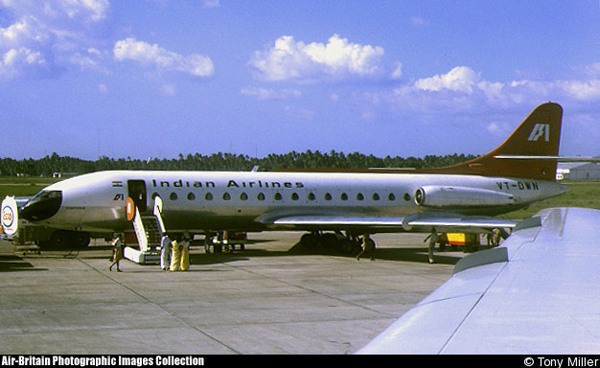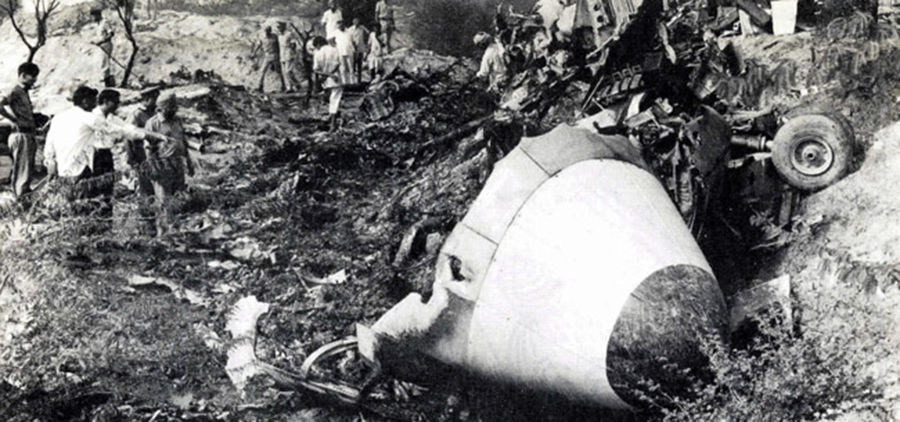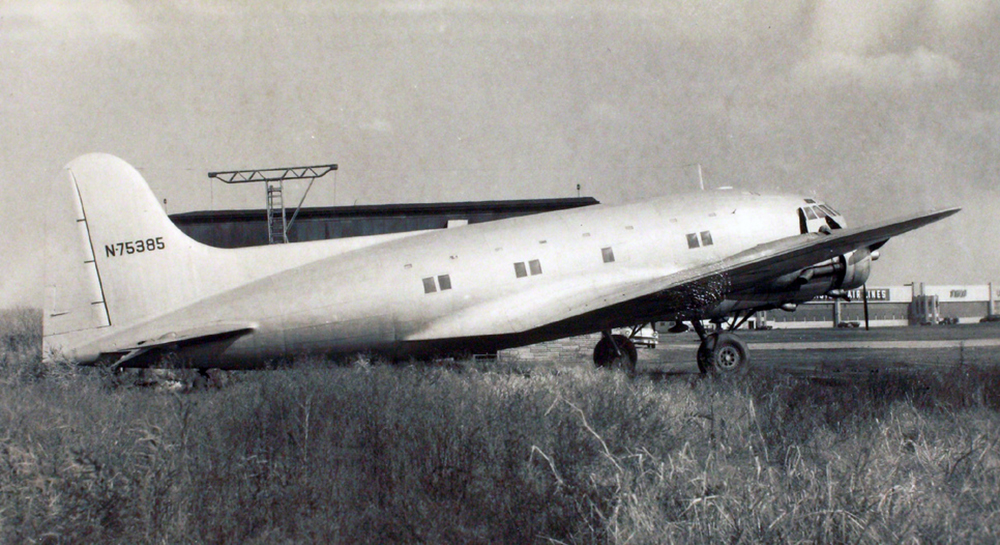Crash of a Sud-Aviation SE-210 Caravelle VI-N in Bombay: 95 killed
Date & Time:
Oct 12, 1976 at 0135 LT
Registration:
VT-DWN
Survivors:
No
Schedule:
Bombay - Madras
MSN:
231
YOM:
1970
Flight number:
IC171
Crew on board:
6
Crew fatalities:
Pax on board:
89
Pax fatalities:
Other fatalities:
Total fatalities:
95
Circumstances:
Shortly after takeoff from runway 27 at Bombay-Santa Cruz Airport, while climbing, the captain contacted ATC and declared an emergency after the right engine exploded and caught fire. The crew was cleared to return for an approach to runway 09 and initiated a circuit. On final approach, at a height of 300 feet, the airplane entered a nose down angle of 45° then crashed in a huge explosion about one km short of runway 09. The aircraft disintegrated on impact and all 95 occupants have been killed.
Probable cause:
Failure of the 10th stage of the compressor disc, probably after a blade failed due to fatigue cracks. Debris sectioned fuel and hydraulic lines, causing the fluid to leak in the engine and to ignite while in contact with high temperature elements. The fire quickly spread as the crew failed to shut off the fuel supply system.



